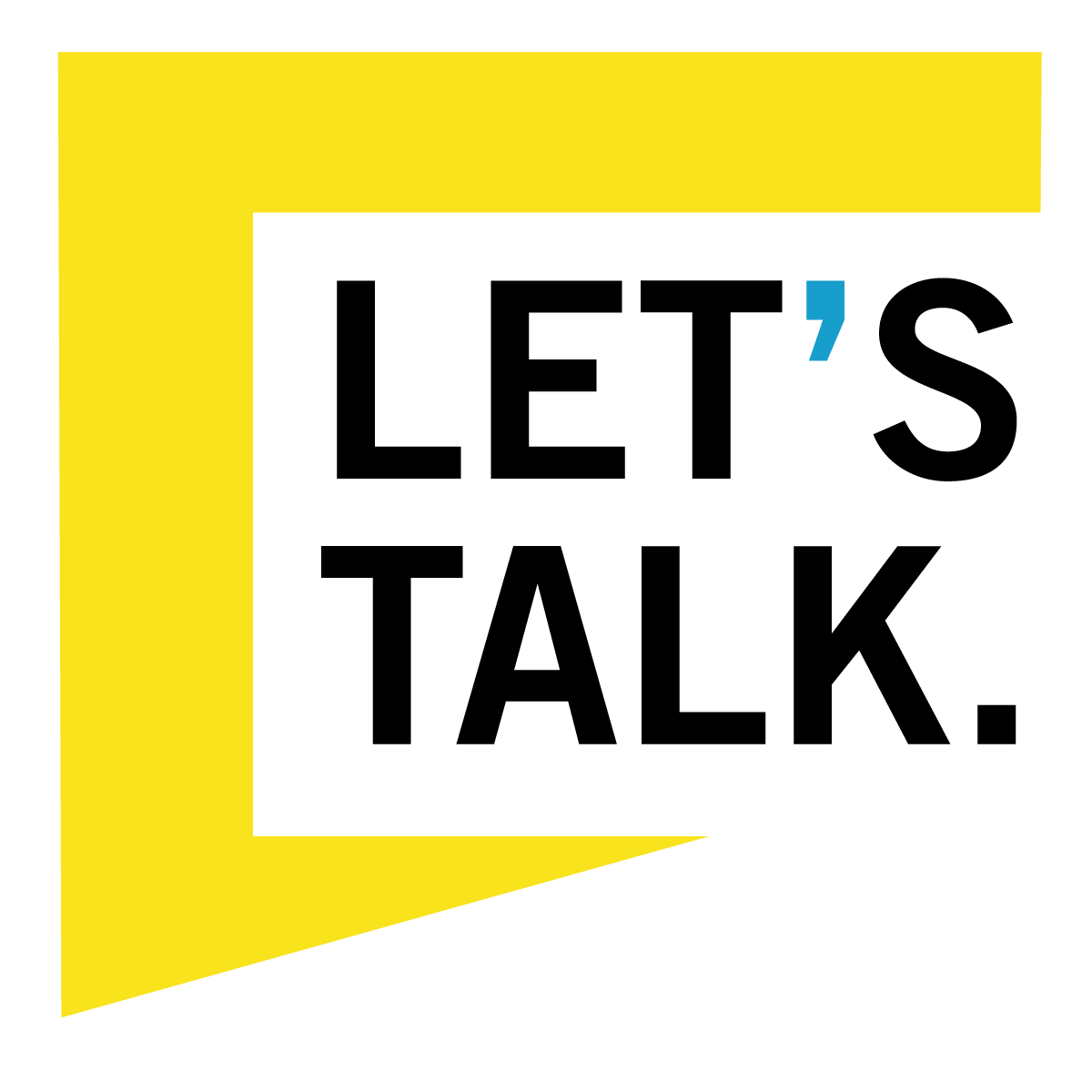references
Let’s Talk draws from the latest science and evidence-based approaches to underage substance use prevention and best practices for adolescent health and well being.
References
Alan D. DeSantis PhD,Elizabeth M. Webb MA &Seth M. Noar PhD. “Illicit Use of Prescription ADHD Medications on a College Campus: A Multimethodological Approach.” Pages 315-324 | Published online: 06 Aug 2010
Asbridge M, Hayden JA, Cartwright JL. Acute cannabis consumption and motor vehicle collision risk: systematic review of observational studies and meta-analysis. BMJ. 2012;344:e536. doi:10.1136/bmj.e536
Be the Influence: https://www.betheinfluence.us/
Cao, D., Sahaphume, S., Bronstein, A.C., Hoyte, C.O., Characterization of edible marijuana product exposures reported to the United States poison centers. Clinical Toxicology, 54:9, 840-846, DOI: 10.1080/15563650.2016.1209761
cdc.gov/drugoverdose/pdf/patients/Preventing-an-Opioid-Overdose-Tip-Card-a.pdf
cdc.gov/rxawareness/prevent/index.html
Centers for Disease Control and Prevention (CDC). (2017) What you need to know about marijuana use in teens. Retrieved from: https://www.cdc.gov/marijuana/factsheets/teens.htm
Chen M., Grube J., Gruenewald P. Community alcohol outlet density and underage drinking. Addiction. 2010;105:270–278. doi: 10.1111/j.1360-0443.2009.02772.x.
County Health Ranking and Roadmaps. https://www.countyhealthrankings.org/app/california/2020/rankings/marin/county/outcomes/overall/snapshot
DiForti, M et al. The contribution of cannabis use to variation in the incidence of psychotic disorder across Europe(EU-GEI): a multicentre case-control study. Lancet Psychiatry 2019; 6: 427–36
Freeman, T. P., & Winstock, A. R. (2015) Examining the profile of high-potency cannabis and its association with severity of cannabis dependence. Psychological medicine, 45(15), 3181–3189. doi:10.1017/S0033291715001178
George T, Vaccarino F. Substance Abuse in Canada: The Effects of Cannabis Use during Adolescence. Canadian Centre on Substance Abuse; 2015. https://www.ccsa.ca/effects-cannabis-use-during-adolescence-report
Gomez, R., Thompson, S. J., & Barczyk, A. N. (2010). “Factors associated with substance use among homeless young adults”. J Can Acad Child Adolesc Psychiatry. 2018 Nov; 27(4): 213–221.Substance abuse, 31(1), 24–34. https://doi.org/10.1080/08897070903442566
Haiken, Melanie. “Dangerous Game”. Marin Magazine. August 29,2016. https://www.marinmagazine.com/dangerous-game/
“High Risk Substance Use in Youth.” Centers for Disease Control and Prevention, 18 Apr. 2019, www.cdc.gov/healthyyouth/substance-use/index.htm
Jones, C. M., & McCance-Katz, E.F. (2019). Relationship Between Recency and Frequency of Youth Cannabis Use on Other Substance Use. Journal of Adolescent Health, 64(3), 411-413. doi:10.1016/j.jadohealth.2018.09.017.
Kaynak, Ö., Winters, K. C., Cacciola, J., Kirby, K. C., & Arria, A. M. (2014). “Providing alcohol for underage youth: what messages should we be sending parents?” Journal of studies on alcohol and drugs, 75(4), 590–605. https://doi.org/10.15288/jsad.2014.75.590
Lopez-Quintero C., Perez de los Cabos J., Hasin D.S. (2011). Probability and predictors of transition from first use to dependence on nicotine, alcohol, cannabis, and cocaine: results of the National Epidemiologic Survey on Alcohol and Related Conditions (NESARC). Drug Alcohol Dependence. 115(1-2):120-130.
Luthar SS, Small PJ, Ciciolla L. “Adolescents from upper middle class communities: Substance misuse and addiction across early adulthood” [published correction appears in Dev Psychopathol. 2018 May;30(2):715-716]. Dev Psychopathol. 2018;30(1):315‐335. doi:10.1017/S0954579417000645
Marin County, California Healthy Kids Survey 2017-2018: Main Report. San Francisco: WestEd Health and Human Development Program for the California Department of Education
Marin County, California Healthy Kids Survey 2021-2022: Main Report. San Francisco: WestEd Health and Human Development Program for the California Department of Education
marinhealthyyouthpartnerships.org/social-host-ordinance
Meier, M. H., Caspi, A., Ambler, A., Harrington, H., Houts, R., Keefe, R. S., McDonald, K., Ward, A., Poulton, R., & Moffitt, T. E. (2012). Persistent cannabis users show neuropsychological decline from childhood to midlife. Proceedings of the National Academy of Sciences of the United States of America, 109(40), E2657–E2664. https://doi.org/10.1073/pnas.1206820109
National Academies of Sciences, Engineering and Medicine. The Health Effects of Cannabis and Cannabinoids: The Current State of Evidence and Recommendations for Research. The National Academies Press; 2017. https://www.nap.edu/catalog/24625/the-health-effects-of-cannabis-and-cannabinoids-the-current-state
National Institute on Drug Abuse (NIDA) (2013) A rise in marijuana THC levels. Retrieved from:https://archives.drugabuse.gov/rise-in-marijuanas-thc-levels
National Institutes of Health (NIH). (2013) Marijuana facts for teens. Retrieved from: NIDA for Teens. (2017) Marijuana. Retrieved from: https://drugabuse.gov/sites/default/teens_brochure_2013.pdf
NIDA. (2020, April 1). Common Comorbidities with Substance Use Disorders. Retrieved from https://www.drugabuse.gov/publications/research-reports/common-comorbidities-substance-use-disorders
Okamoto, J., Soto, D, Ritt-Olso n, A. Baezconde-Garbanati, L. “Perceived DIscrimination and Substance Use Among Latino Adolescents.” American Journal of Health Behavior. 33(6); 718-27. November 2009. https://www.researchgate.net/publication/24233507_Perceived_Discrimination_and_Substance_Use_among_Latino_Adolescents
“Parental Monitoring: An Overview.” https://www.sciencedirect.com/topics/medicine-and-dentistry/parental-monitoring
“Parental Monitoring Factsheet.” Centers for Disease Control and Prevention.
Partnership for Drug-Free Kids. www.drugfree.org
Petrucci AS, LaFrance EM, Cuttler C. A Comprehensive Examination of the Links between Cannabis Use and Motivation. Subst Use Misuse. 2020;55(7):1155-1164. doi:10.1080/10826084.2020.1729203
Richards, J.R., Smith N.E., Moulin, A.K. Unintentional Cannabis Ingestion in Children: A Systematic Review. J Pediatr 2017; 190:142-52.
“Risk and Protection Factors”. Addiction Policy Forum. https://www.addictionpolicy.org/risk-and-protective-factors
“School Stress: Stimulant Abuse.” Partnership for Drug-Free Kids. September 26, 2016. https://drugfree.org/parent-blog/sids-know-parents-dont/chool-stress-stimulant-abuse-k
“Signs Your Child is Vaping” Northeast Ohio Parent. November 4, 2019 https://www.northeastohioparent.com/featured/signs-your-child-is-vaping/
Silins, E., Horwood, L. J., & Patton, G. C. (2014). Young adult sequelae of adolescent cannabis use: An integrative analysis. The Lancet Psychiatry, 1(4), 286-293. doi:10.1016/s2215-0366(14)70307-4.
Swendsen, J., Conway, K.P., Degenhardt, L., Glantz, M., Jin, R., Merikangas, K.R., Sampson, N. and Kessler, R.C. (2010), “Mental disorders as risk factors for substance use, abuse and dependence: results from the 10‐year follow‐up of the National Comorbidity Survey.” Addiction, 105. 1117-1128. doi:10.1111/j.1360-0443.2010.02902.x
Thomas J. McMahon &Suniya S. Luthar, “Patterns and Correlates of Substance Use Among Affluent, Suburban High School Students.” Pages 72-89
U.S. Department of Health & Human Services (2019) Risks of adolescent marijuana use. Retrieved from: https://www.hhs.gov/ash/oah/adolescent-development/substance- use/marijuana/risks/index.html
Volkow, N. D. et al. (2014) Adverse Health Effects of Marijuana Use, New England Journal of Medicine, 370:2219-27. DOI: 10.1056/NEJMra1402309
Wadekar AS. Understanding Opioid Use Disorder (OUD) using tree-based classifiers. Drug Alcohol Depend. 2020;208:107839. doi:10.1016/j.drugalcdep.2020.107839
WestEd, California Healthy Kids Survey (CHKS) and Biennial State CHKS. California Dept. of Education
Whitesell, M., Bachand, A., Peel, J., & Brown, M. (2013). “Familial, social, and individual factors contributing to risk for adolescent substance use.” Journal of addiction, 2013, 579310. https://doi.org/10.1155/2013/579310
